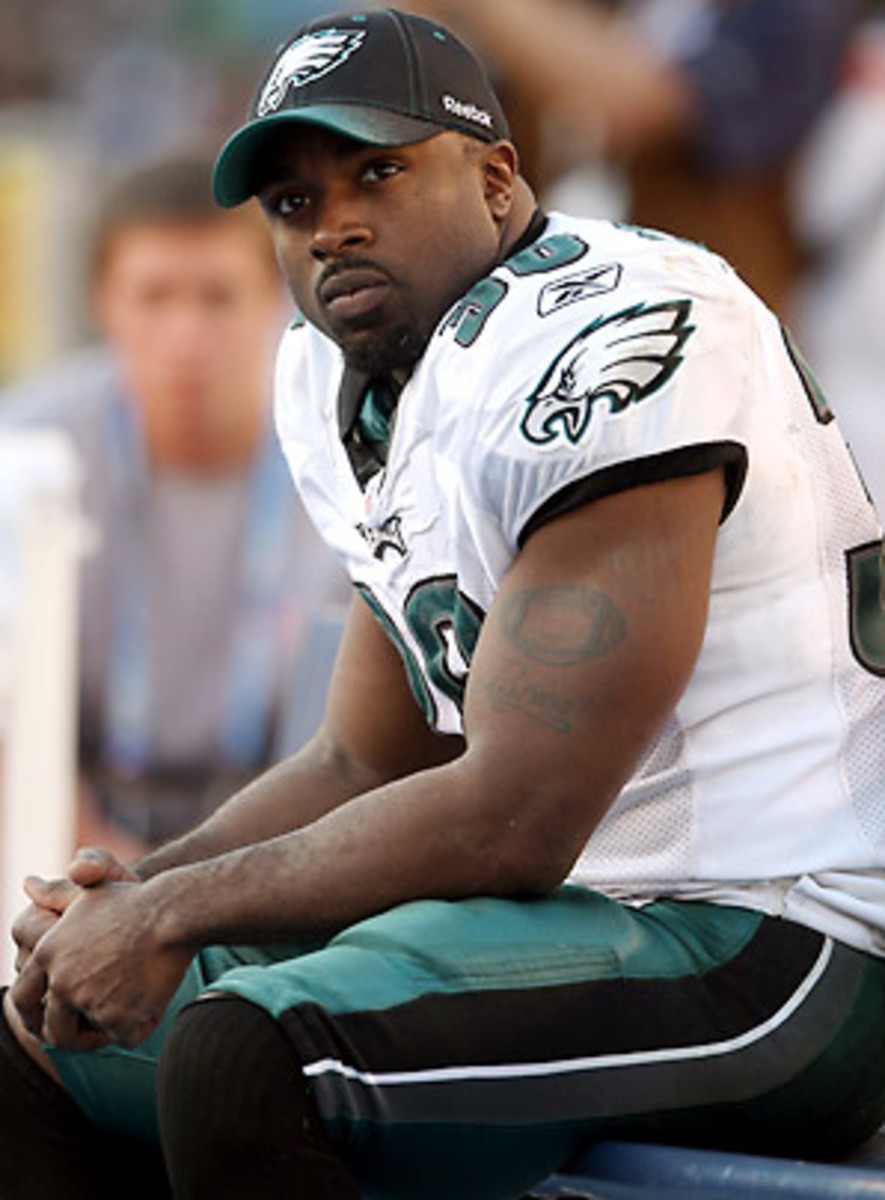
Cutting formerly concussed players could become thorny issue for NFL
Technically, NFL players injured on the job cannot be cut without compensation. The standard NFL contract requires that if a player is injured on the job, and if the player promptly communicates the injury, then he is owed payment for as long as his injury prevents him from playing that season. Normally, the player's agent and the team's general manager try to agree on an injury settlement. They attempt to forecast the number of weeks the player would miss because of injury; the player should get paid for each week he would have played if not hurt. If the injury is long-term, the player can receive up to an additional $300,000 in recognition of not playing in the following season (that amount can be higher and for additional seasons if negotiated as such in the player's contract).
If the GM and agent can't agree on the terms of a settlement, perhaps because they disagree on the existence or severity of a player's alleged injury, the team could cut him without a settlement. Unless the player has a guaranteed payment due, the team would not owe him anything.
The player, however, could then file an injury grievance under the NFL's collective bargaining agreement, which is exactly what Zach Thomas did after the Kansas City Chiefs cut him last August without an injury settlement. In his grievance Thomas claims he was suffering from postconcussion symptoms. The Chiefs insist that Thomas, who had a history of concussions, had been cleared to play by team doctors and that his insufficient performance on the field led to his release, not an injury. Thomas lost out on approximately $1 million by being cut. His grievance has not yet been decided.
After such a grievance is filed, the player is examined by an independent physician. The physician's findings are then communicated to a neutral arbitrator, whose decision determines how much the player is owed, if anything. The player and team can present other evidence to the arbitrator, but the independent physician's recommendation is usually crucial.
The NFL's collective bargaining agreement does not distinguish concussions from other injuries for purposes of cutting a player. But should it?
After all, there is an arguable disconnect between the NFL's stated commitment to addressing the concussion problem and the ability of teams to cut players who were injured by concussions. In his testimony before the House Judiciary Committee last October, commissioner Roger Goodell said of the link between head injuries and brain ailments, "I can think of no issue to which I've devoted more time and attention than the health and well-being of our players, and particularly retired players."
If that is true, shouldn't players who suffer concussions receive heightened employment protections? In fact, if a player can be cut because of postconcussion symptoms, he may have an incentive to not reveal his injury, a decision that could undermine his health, particularly his long term neurological health.
The NFL and its teams can counter these points in several ways. For one, the NFLPA agreed to the injury grievance process as part of the collective bargaining agreement. If the system is so objectionable, why did the NFLPA agree to it, most recently in 2006? Moreover, why didn't the NFLPA demand neurological injuries be treated differently for purposes of cutting a player? On the other hand, new science has emerged about the relationship between concussions and playing football, and it is possible the NFLPA would not agree to such a system today.
The NFL could also point out that it has taken a number of steps to protect players from concussions. The league has imposed a more scrutinizing return-to-game policy for players injured by concussions. It has also required that neurologists approved by both the NFL and NFLPA examine players with concussions. Even prospective NFL players are now protected. For the first time, players invited to the NFL Scouting Combine will be administered the ImPACT test, which furnishes a baseline brain activity and provides the league with better data on head injuries.
Going forward, the NFL plans to adopt a whistle-blower system that will empower NFL personnel to anonymously report instances of players being pressured to play through concussions. Goodell also recently said that the NFL may ban the three-point stance for linemen in the hopes that doing so would diminish the impact of player collisions.
NFL teams, for their part, could argue that their decision to cut players who suffer from postconcussion symptoms is neither heartless nor at odds with league efforts to curb concussions; rather, it is a necessity of a salary cap that ties teams' hands. Teams might also insist that it's not their fault if a player suffers concussions -- it's the sport's fault or an unfortunate materialization of risk that every NFL player assumes every down he plays.
Still, the NFL may want to think carefully about teams cutting players with postconcussion symptoms. Congress would seem poised to revisit the concussion topic if there were a pattern of players cut after suffering concussions. Congress has leverage over the NFL, including the threat that it can repeal the Sports Broadcasting Act, which provides antitrust immunity to the NFL and other leagues for their national TV deals. Congress might also re-evaluate the NFL's status as a 501(c)(6) nonprofit organization, which furnishes the league with favorable tax treatment.
It is also possible that the NFLPA demand that the new CBA -- whenever it is consummated -- treat concussion-related cuts differently. There is nothing preventing the NFL and NFLPA from agreeing to a special system for concussion-related cuts that would provide those players with enhanced compensation.
(Send comments to siwriters@simail.com.)




